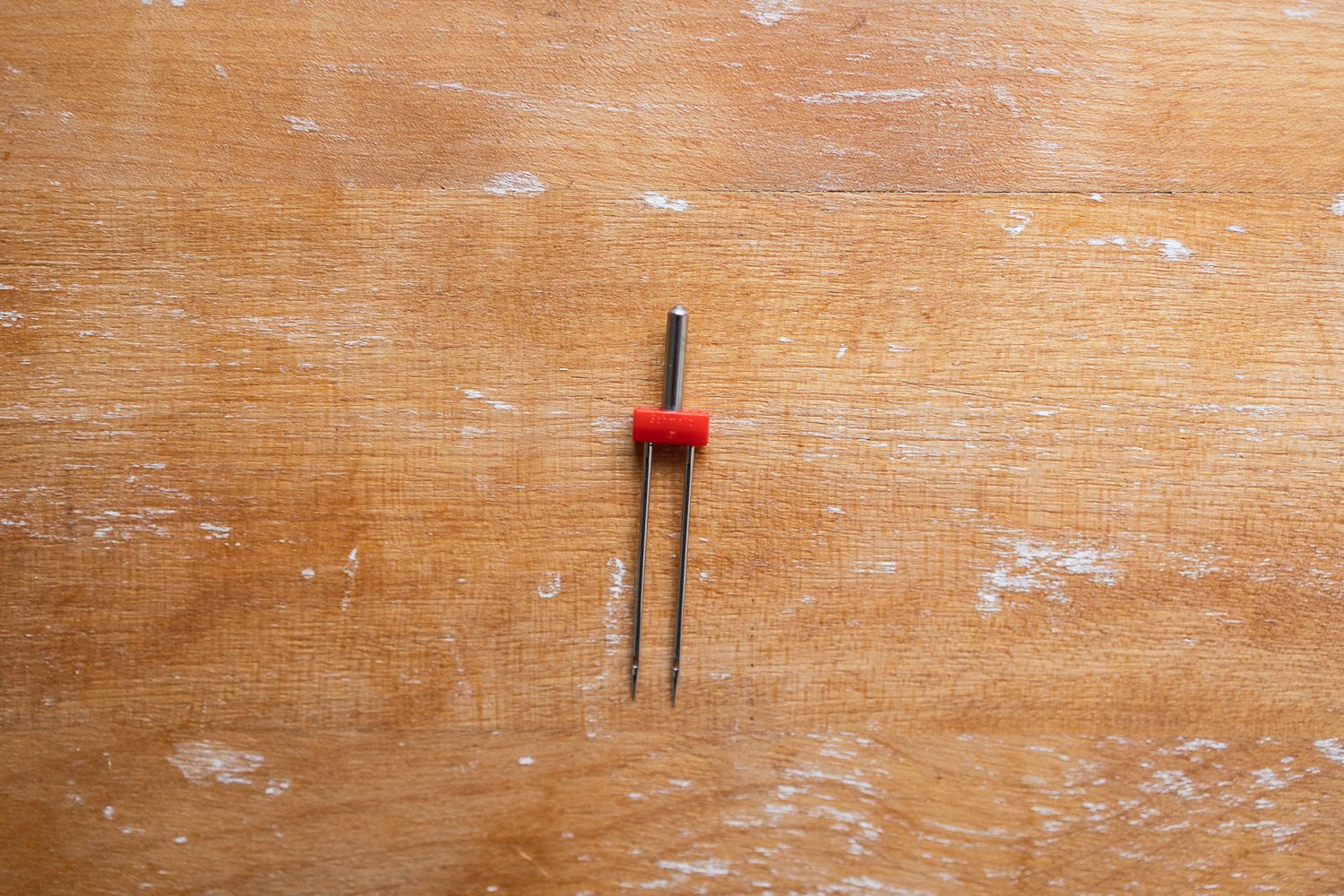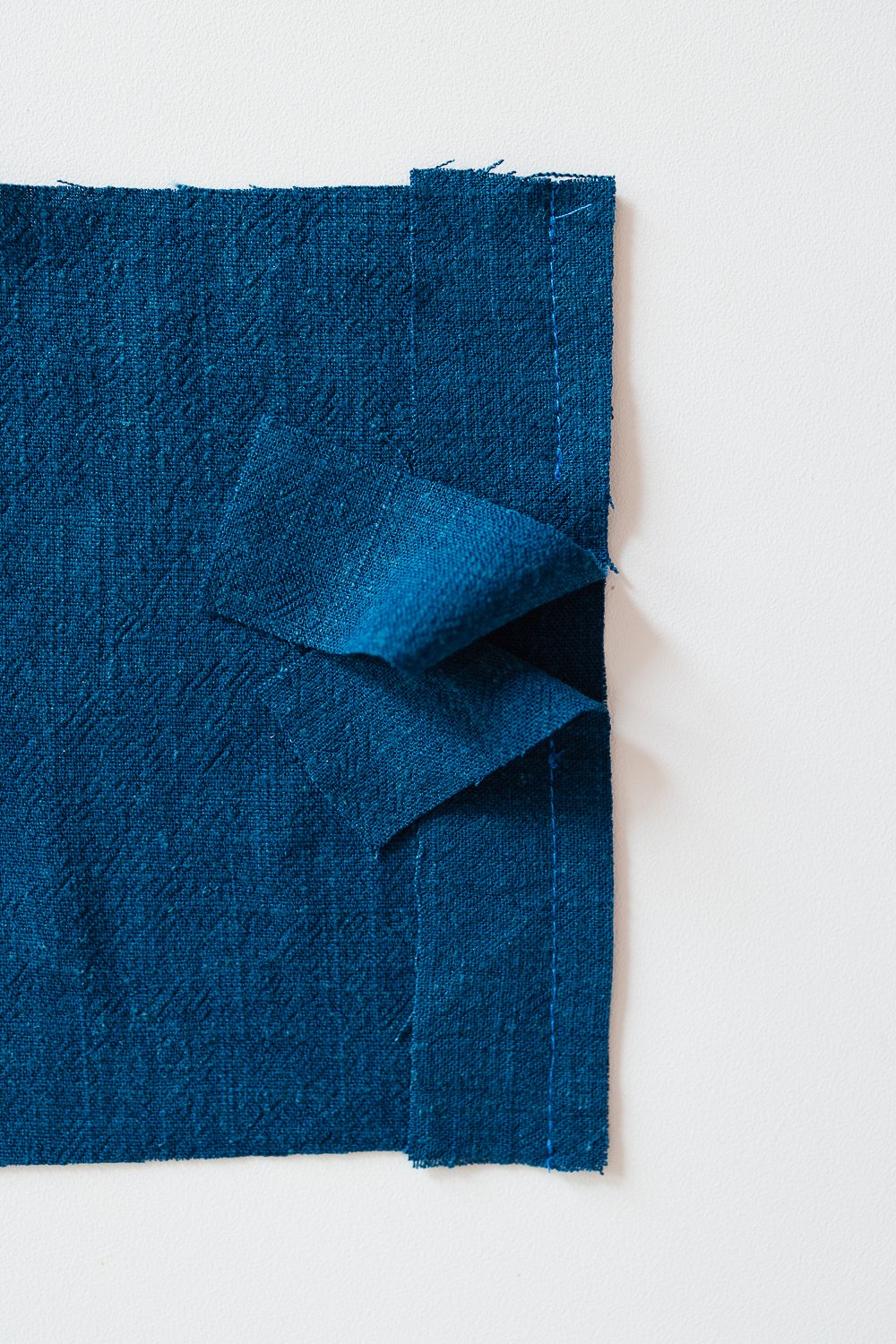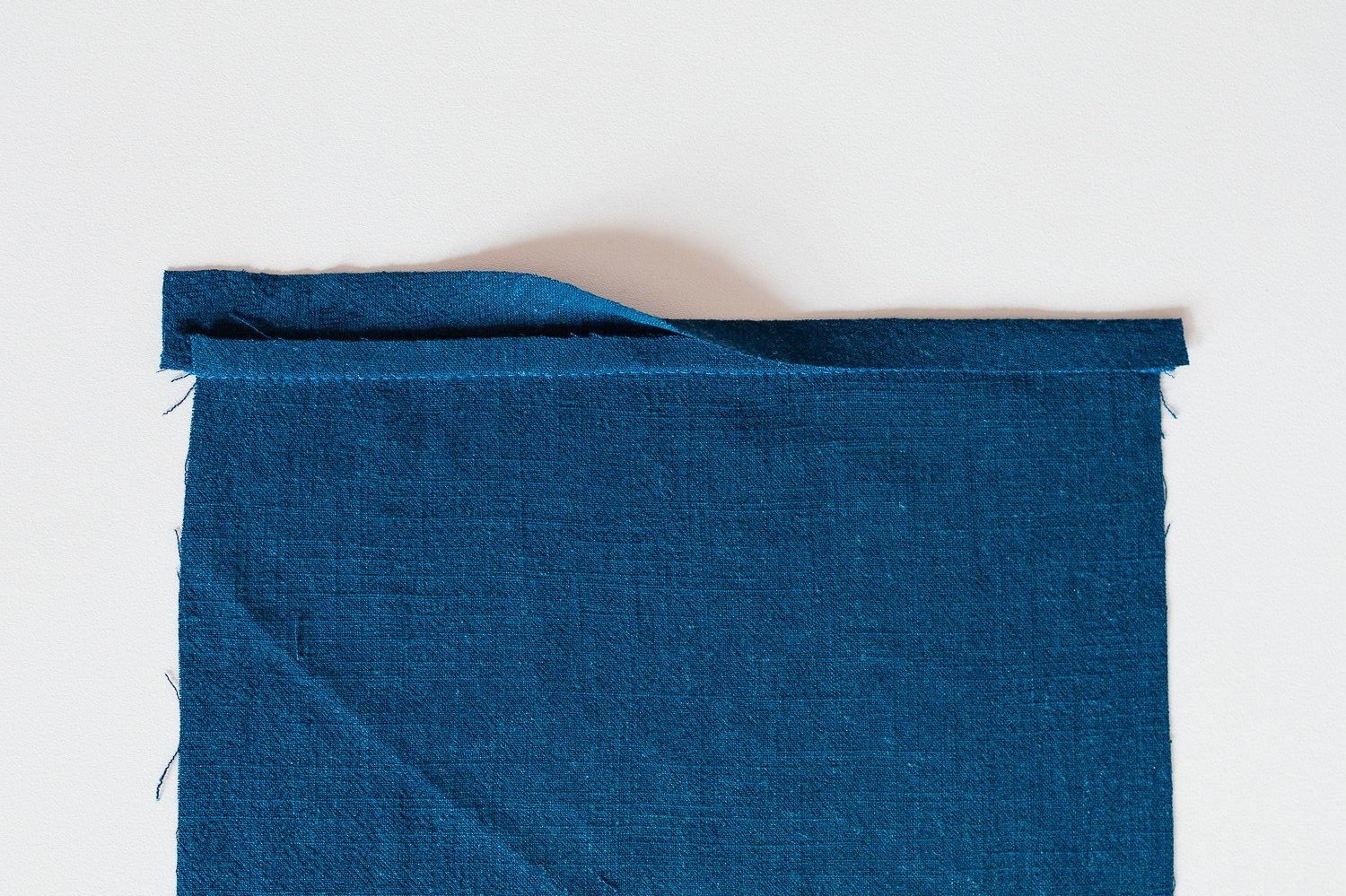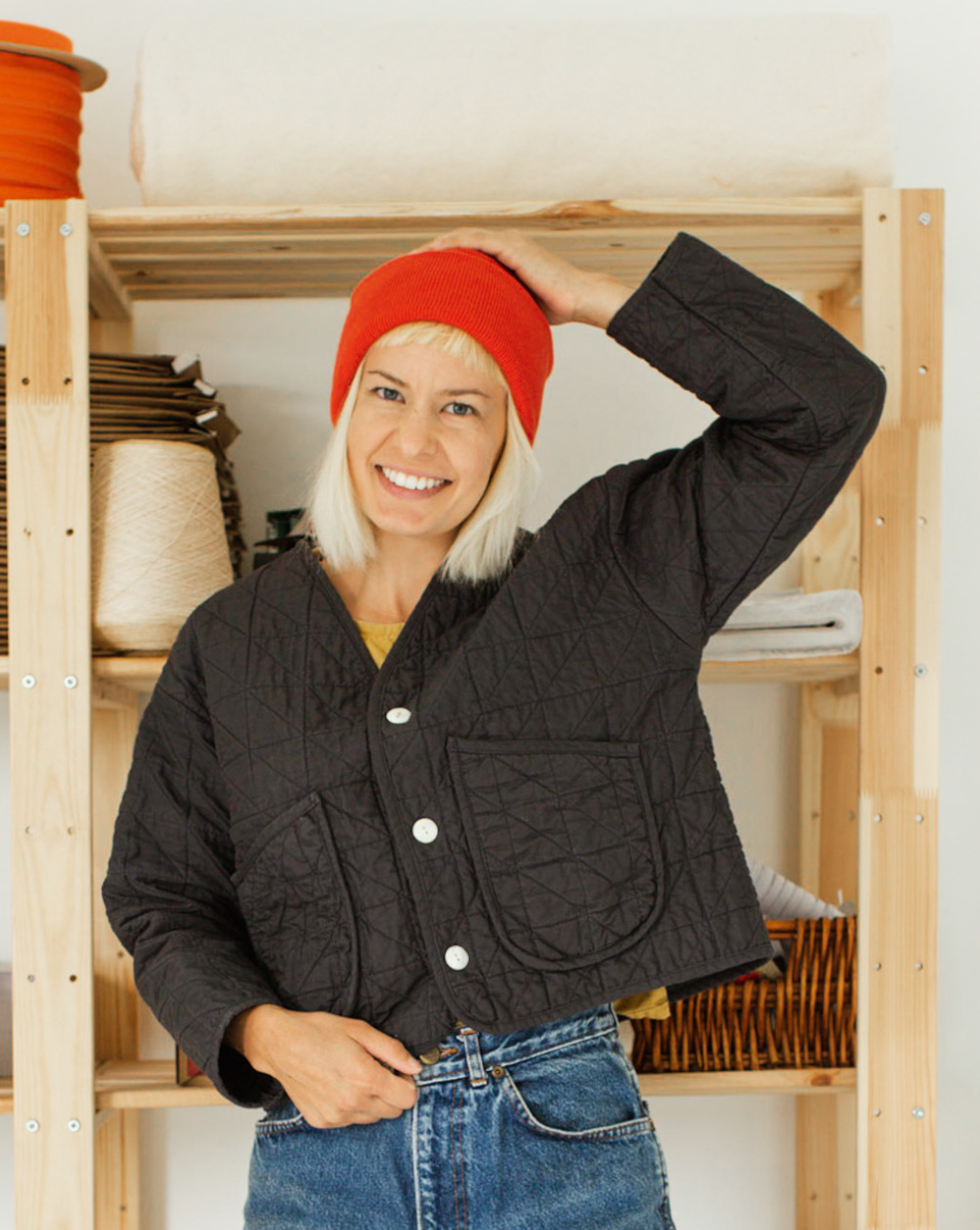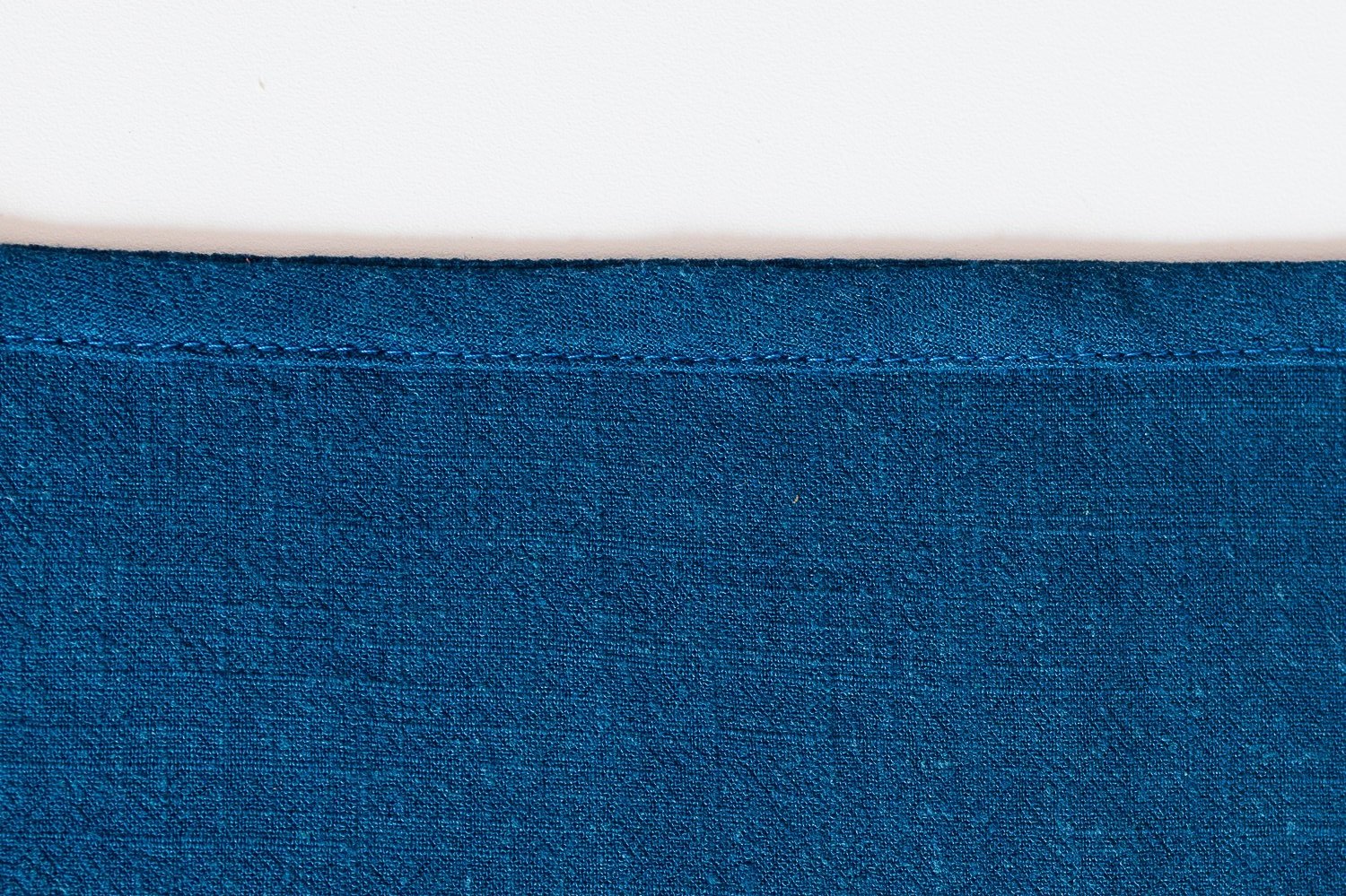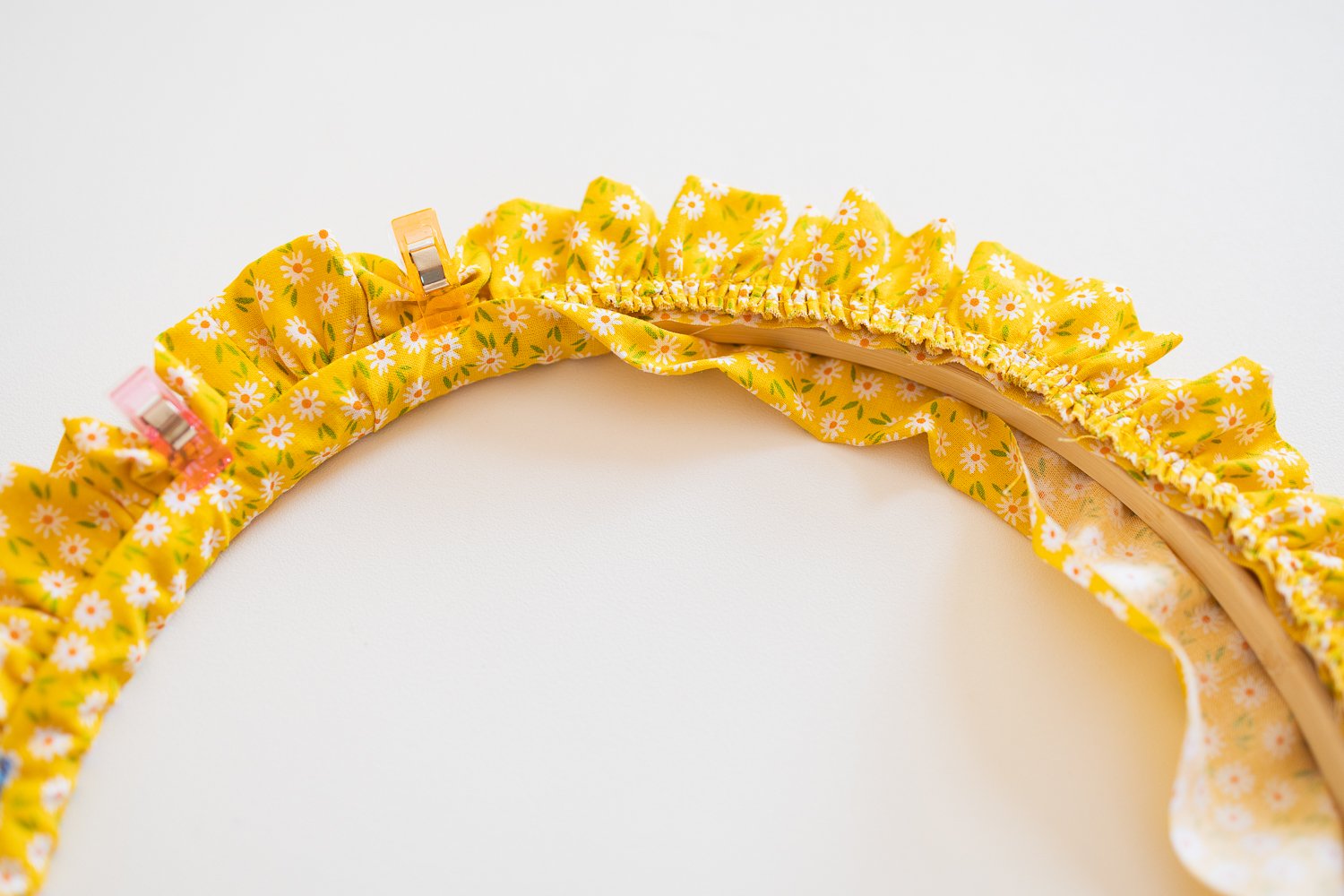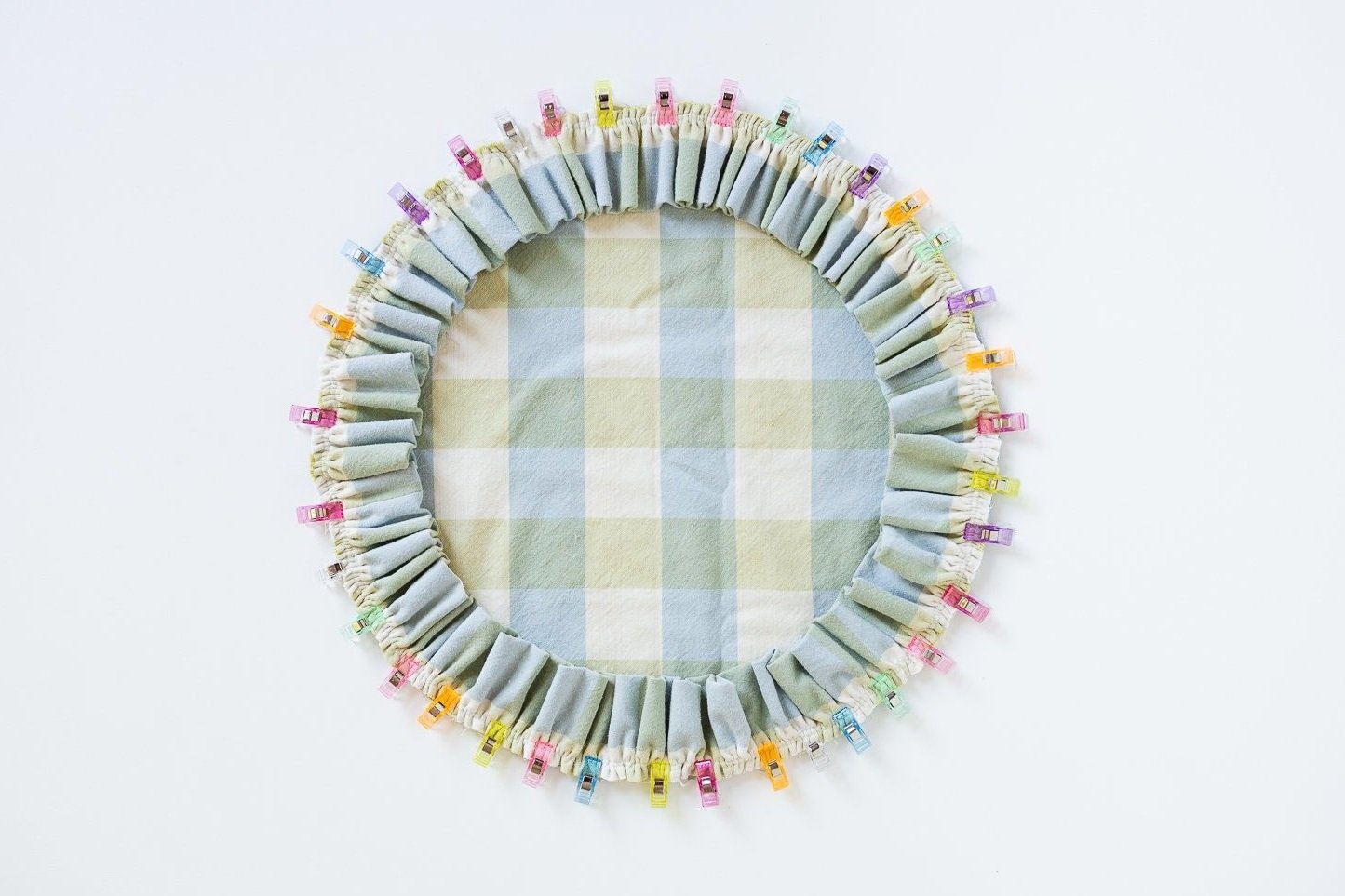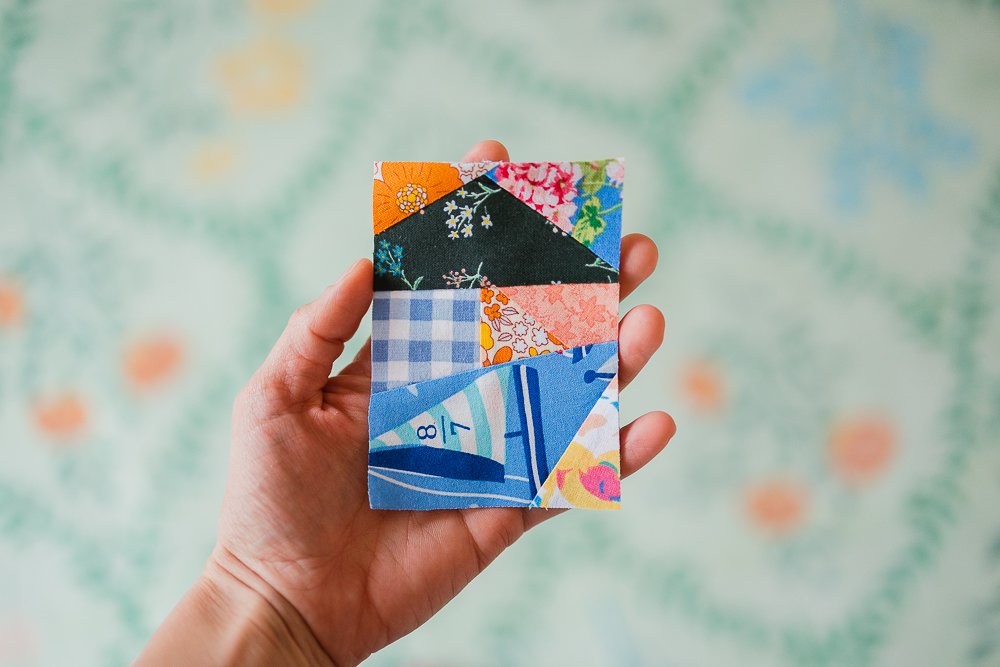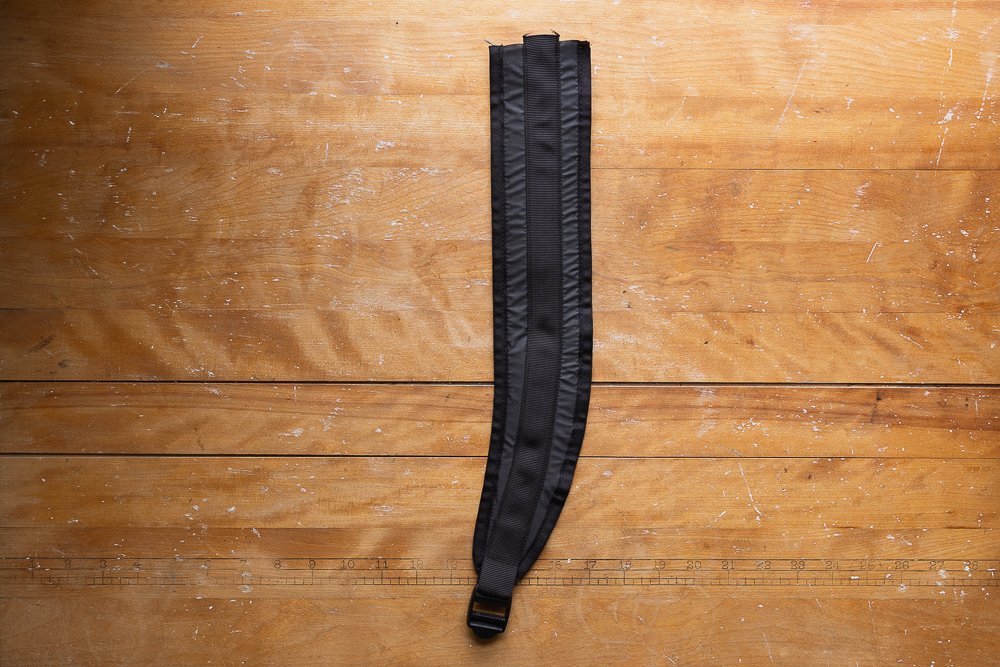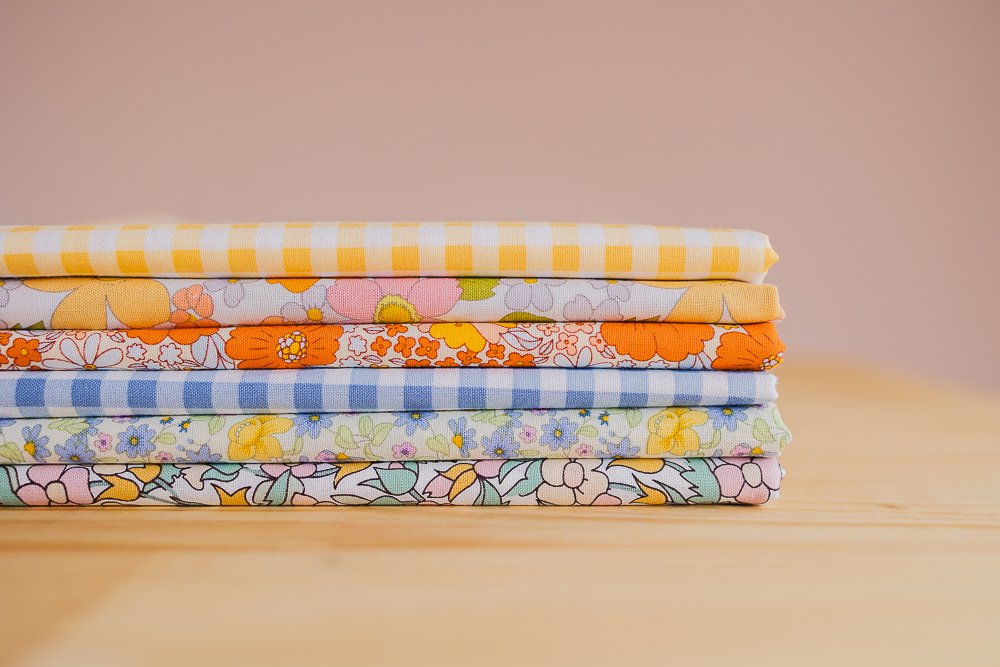I’ve been playing with using a twin needle and grosgrain ribbon for binding seams in bags and backpacks.
Here you can see it on ripstop nylon and on waxed cotton canvas.
Right side — lovely twin lines.
Wrong side — the bobbin thread makes a zigzag between the two lines of stitching.
Here is twin needle stitching compared with single needle stitching on ripstop nylon and waxed cotton canvas.
I used the twin needle on grosgrain ribbon to bind all the seams in this climbing rope backpack made with ripstop nylon. The grosgrain gives the seams a bit more structure, which I think looks nice.

